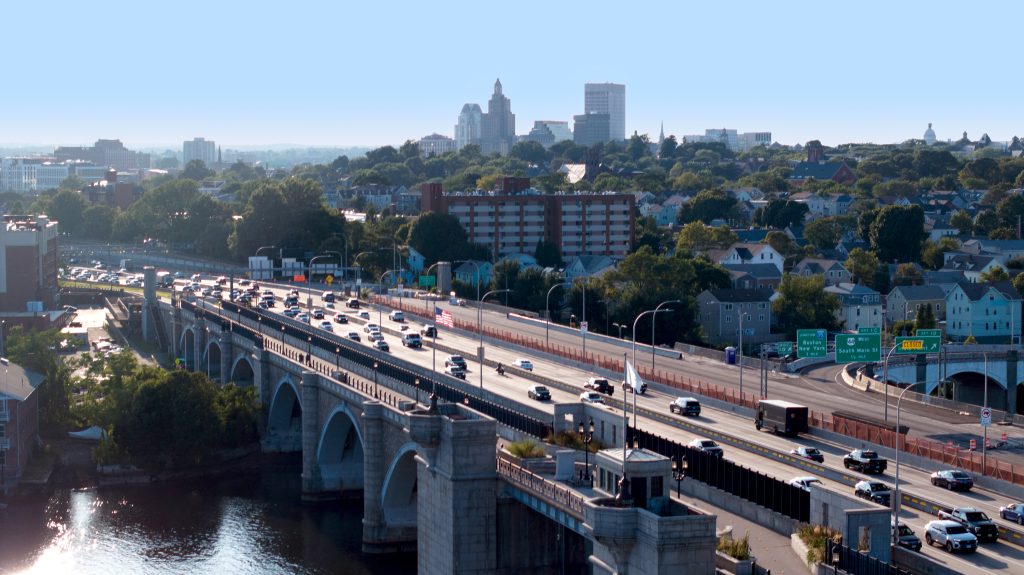On Aug. 1, 2007, just after 6pm, the Interstate 35W over the Mississippi River in Minneapolis, Minn., collapsed. It took 111 vehicles and 13 lives. The collapse also injured 145 people. The NTSB (National Transportation Safety Board) ultimately determined the probable cause of the collapse was the inadequate load capacity, due to a design error. But what if technology could tell us about an error and inadequate load capacity before a collapse occurred? It can.
Let’s look at one recent example from Rhode Island. Consider this: The Rhode Island DOT (Dept. of Transportation) is using measurement technology from Kistler to monitor the structural health of the Washington Bridge.
A little bit of background about Providence, R.I., and the Washington Bridge first. The span of the Washington Bridge is being removed and a new span is planned. Providence is proactively using advanced technology to help maintain the structural health of the Washington Bridge, which will have 40 Lineas digital quartz sensors covering 10 lanes of traffic and will be a very large digital weigh-in motion site.

All about the Technology
Let’s explore the technology a bit further. The structural health monitoring technology from Kistler provides data about the bridge’s structural condition. This will allow the RIDOT to do predictive analysis and preventative maintenance to the bridge.
The digital weigh-in motion system enables realtime evaluation and monitoring of precise bridge traffic load. This helps inform the structural health of the bridge. The system includes:
- Lineas digital quartz sensors placed just under the surface of the bridge’s roadway;
- Charge amplifiers to condition electrical signals from the sensors;
- Data loggers to process data in realtime;
- LPR cameras positioned to identify trucks by their class size and to monitor for overweight wheel, axle, and gross vehicle weight.
In the case of the Washington Bridge, it will have measuring equipment such as accelerometers, strain gauges, temperature sensors, inclinometers, and a meteorology station. This will help to measure, collect, and interpret bridge health data and monitor specific load conditions.
All about the Construction
In order to keep traffic moving during the north span restoration project, two lanes were added to the south span. Though the load rating on the south span is adequate, with the installation of structural health monitoring solutions from Kistler, RIDOT will be able to evaluate the health of the south span in realtime to assess any potential adverse impact from the additional traffic load and enable proactive mitigation of variations in its structural health. That is the value of technology!
All the hardware will be installed on the bridge based on the engineers’ assessment of structures most likely to experience strain and to diagnose areas in need of repair.
At the end of the day, the technology aims to help share critical data about the structural health of the bridge, enabling bridge engineers and the RIDOT to assess the condition or be alerted in the case of emergency repairs.
Want to tweet about this article? Use hashtags #construction #IoT #sustainability #AI #5G #cloud #edge #futureofwork #infrastructure #bridge


